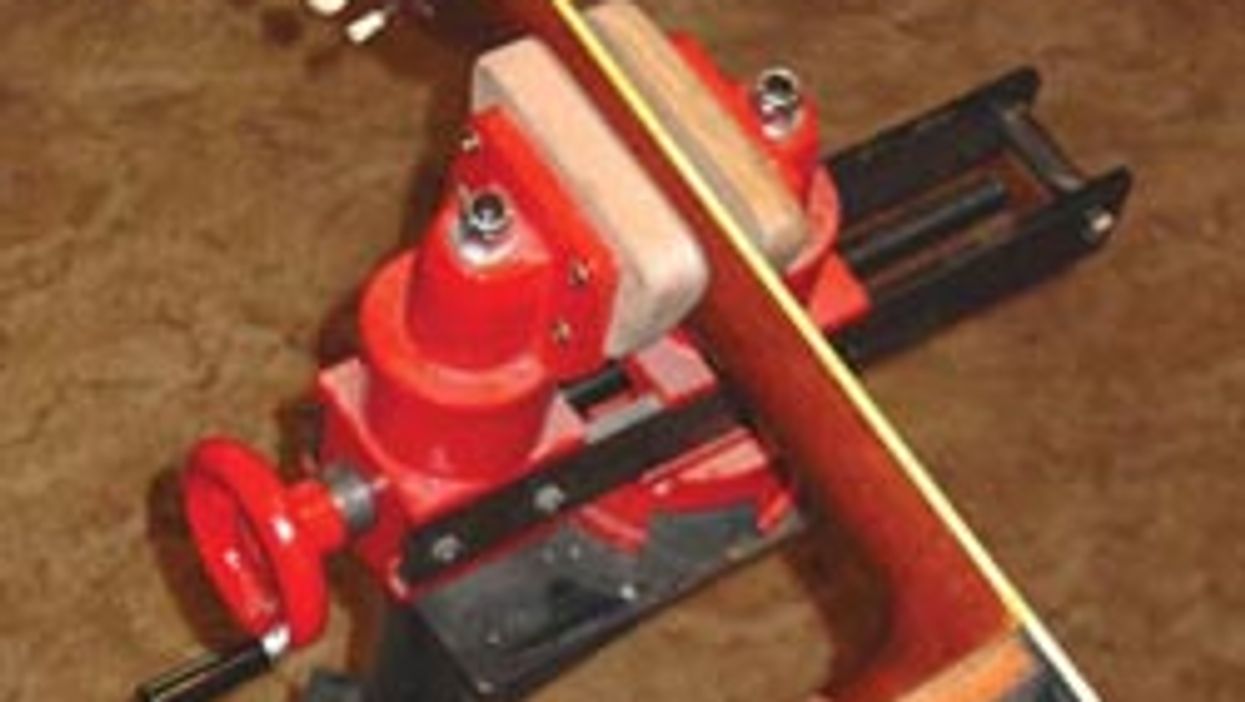Search
Latest Stories
Start your day right!
Get latest updates and insights delivered to your inbox.
repair-finish-martin-12-string-shopstand-erlewine-upper-lower-replicate-nitrocellulose-lawrence
Don’t Miss Out
Get the latest updates and insights delivered to your inbox.
Recent
load more
